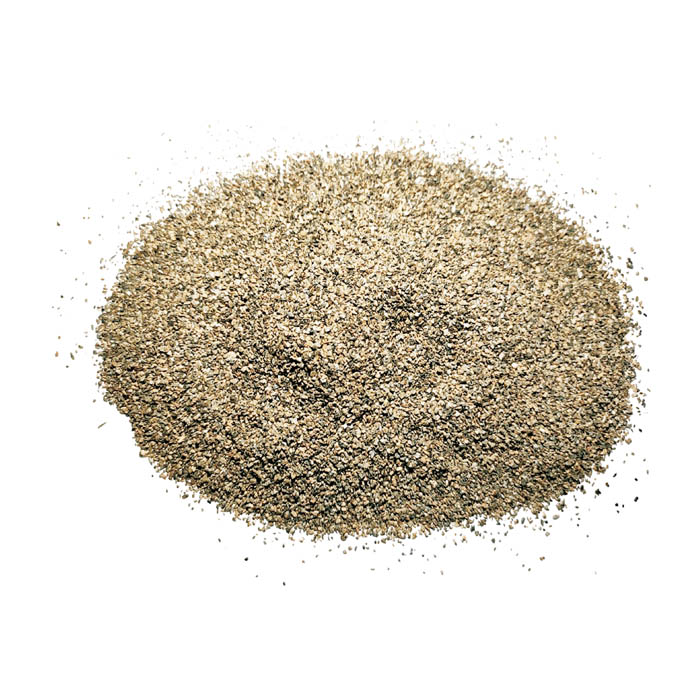Aug . 07, 2024 17:10 Back to list
Exploring Various Wall Plaster Materials for Durable and Aesthetic Interior Finishes
Choosing Plaster Materials for Walls A Comprehensive Guide
When it comes to finishing interior and exterior walls, plastering is one of the most enduring techniques used in construction. Plaster not only enhances the aesthetic appeal of a space but also provides a durable and protective covering. Choosing the right plaster material is crucial to achieving the desired look and functionality, and understanding the different types available can help homeowners and builders make informed decisions.
What is Plaster?
Plaster is a building material made by mixing a binder (usually gypsum, lime, or cement), water, and aggregates to create a pasty mixture. Once applied to a surface, it hardens and forms a protective layer. Traditionally, plaster has been used for centuries, offering a versatile solution for various architectural needs.
Types of Plaster Materials
1. Gypsum Plaster Gypsum plaster, also known as plaster of Paris, is one of the most commonly used materials for interior walls. It is easy to work with, dries relatively quickly, and provides a smooth finish. Gypsum plaster is non-combustible and offers good insulation properties, making it an excellent choice for residential applications. Additionally, it is less susceptible to cracking compared to other plaster types.
2. Lime Plaster Lime plaster is made from slaked lime and aggregates. It has been used for thousands of years and is appreciated for its breathability, flexibility, and ability to regulate humidity. This makes lime plaster ideal for historic restoration projects or buildings that require a natural finish. However, lime plaster takes longer to cure than gypsum plaster, requiring patience and experience during the application process.
3. Cement Plaster Cement plaster is composed of cement, sand, and water. It is often used for exterior walls due to its durability and strength. Cement plaster provides a robust surface that can withstand harsh weather conditions, making it suitable for outdoor applications. Nonetheless, it may not be as aesthetically pleasing as gypsum or lime plaster and can crack over time if not applied correctly.
plaster material for walls

4. Acrylic Plaster This modern formulation incorporates acrylic resins, resulting in a product that is flexible and water-resistant. Acrylic plaster is often used in locations that experience high moisture levels and is popular for creating textured finishes. It's important to note that while acrylic plaster is durable, it requires a carefully prepared substrate for proper adhesion.
Factors to Consider When Choosing Plaster
- Purpose Determine whether the plaster will be used for interior or exterior walls. This decision will significantly influence the choice of material. - Environmental Conditions Areas subject to high humidity or extreme temperatures may require specific plaster types that can withstand these conditions.
- Finish and Aesthetic Requirements Different plaster materials yield varying textures and finishes
. It's essential to choose a plaster that complements the design of the space.- Application Technique Some plaster types require more skill and experience to apply than others. If you opt for a DIY project, consider a material suited to your capabilities.
- Sustainability Increasingly, builders and homeowners are considering eco-friendly options. Lime plaster and certain gypsum formulations offer sustainable advantages.
Conclusion
Selecting the right plaster material for walls is a decision that impacts not only the appearance of a space but also its durability and functionality. By understanding the characteristics of each plaster type and considering factors such as purpose, environmental conditions, and aesthetics, homeowners and builders can make informed choices. Whether it's the smooth finish of gypsum plaster or the traditional appeal of lime plaster, there is a plaster material to suit every need and preference.
-
Fe-C Composite Pellets for BOF: Enhance Steelmaking Efficiency
NewsAug.07,2025
-
Eco-Friendly Granule Covering Agent | Dust & Caking Control
NewsAug.06,2025
-
Fe-C Composite Pellets for BOF: High-Efficiency & Cost-Saving
NewsAug.05,2025
-
Premium Tundish Covering Agents Exporters | High Purity
NewsAug.04,2025
-
Fe-C Composite Pellets for BOF | Efficient & Economical
NewsAug.03,2025
-
Top Tundish Covering Agent Exporters | Premium Quality Solutions
NewsAug.02,2025
